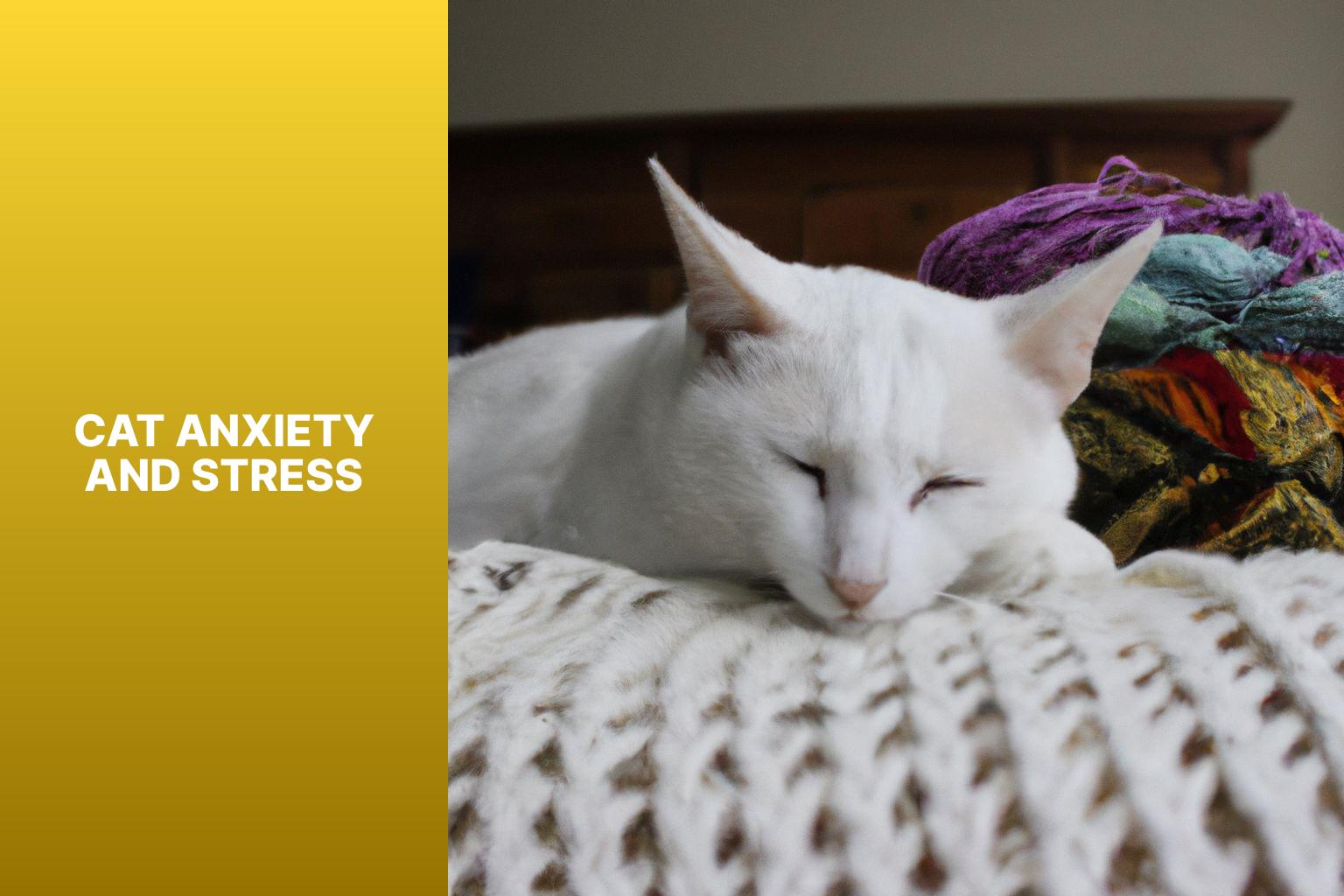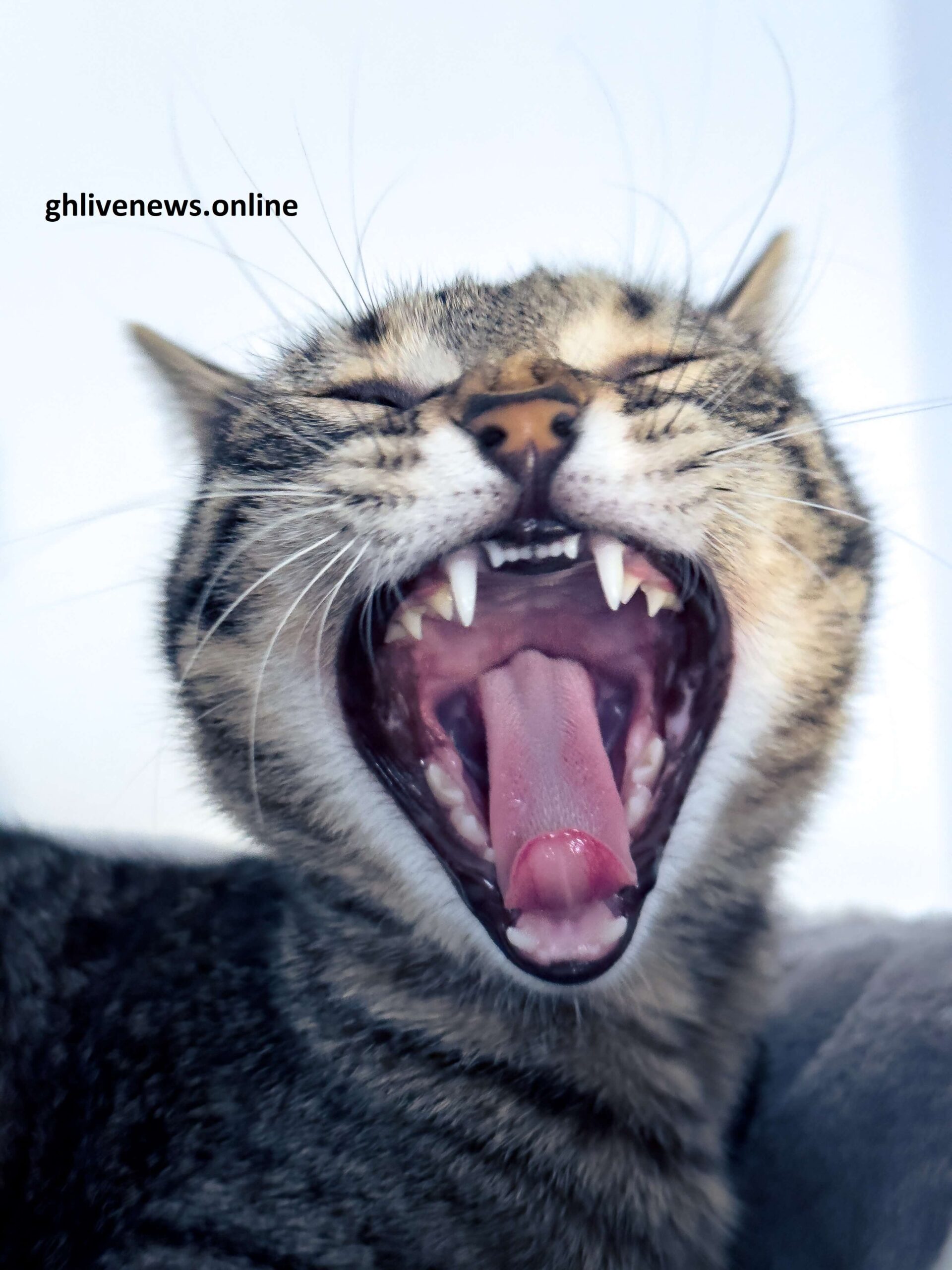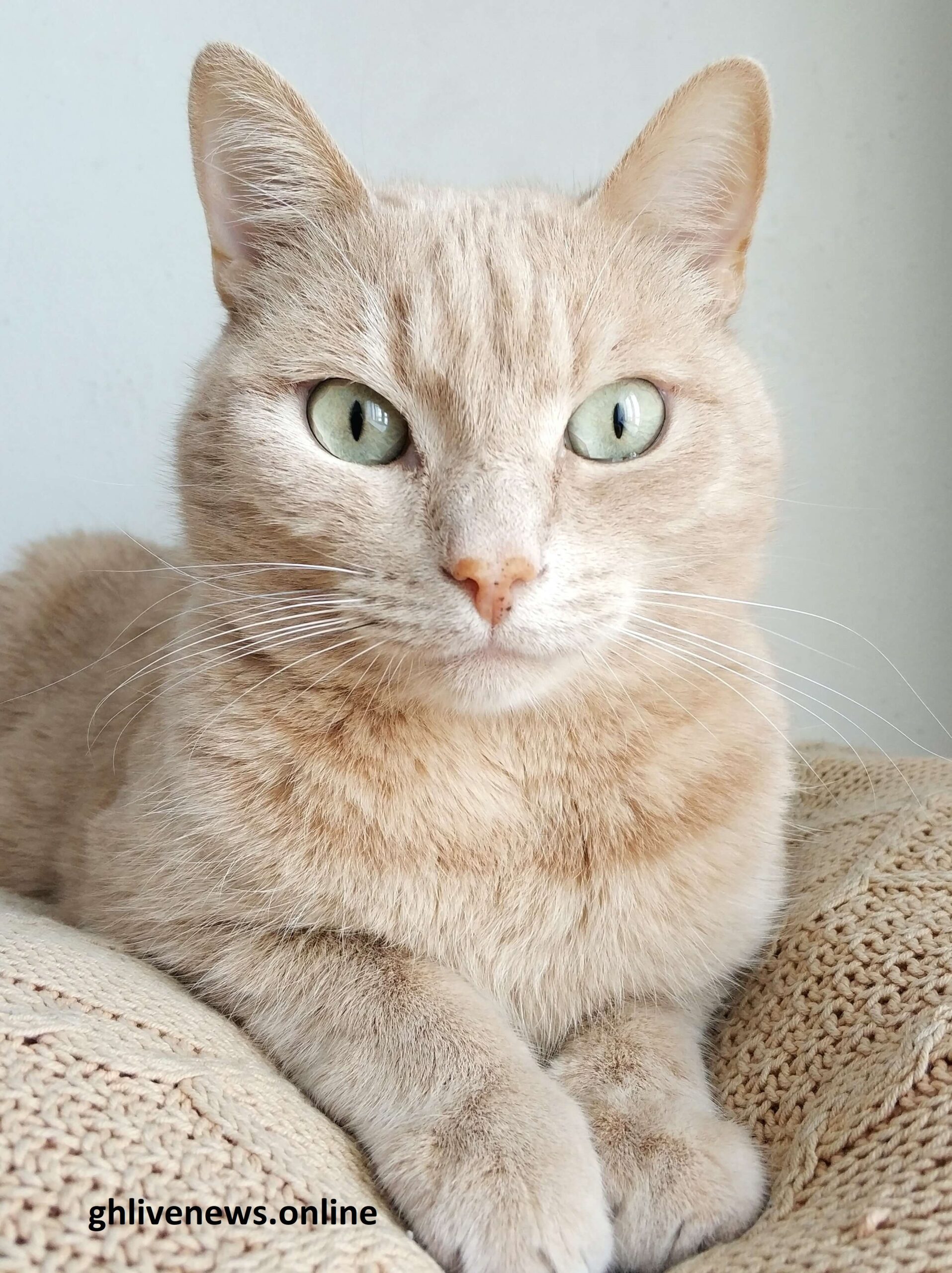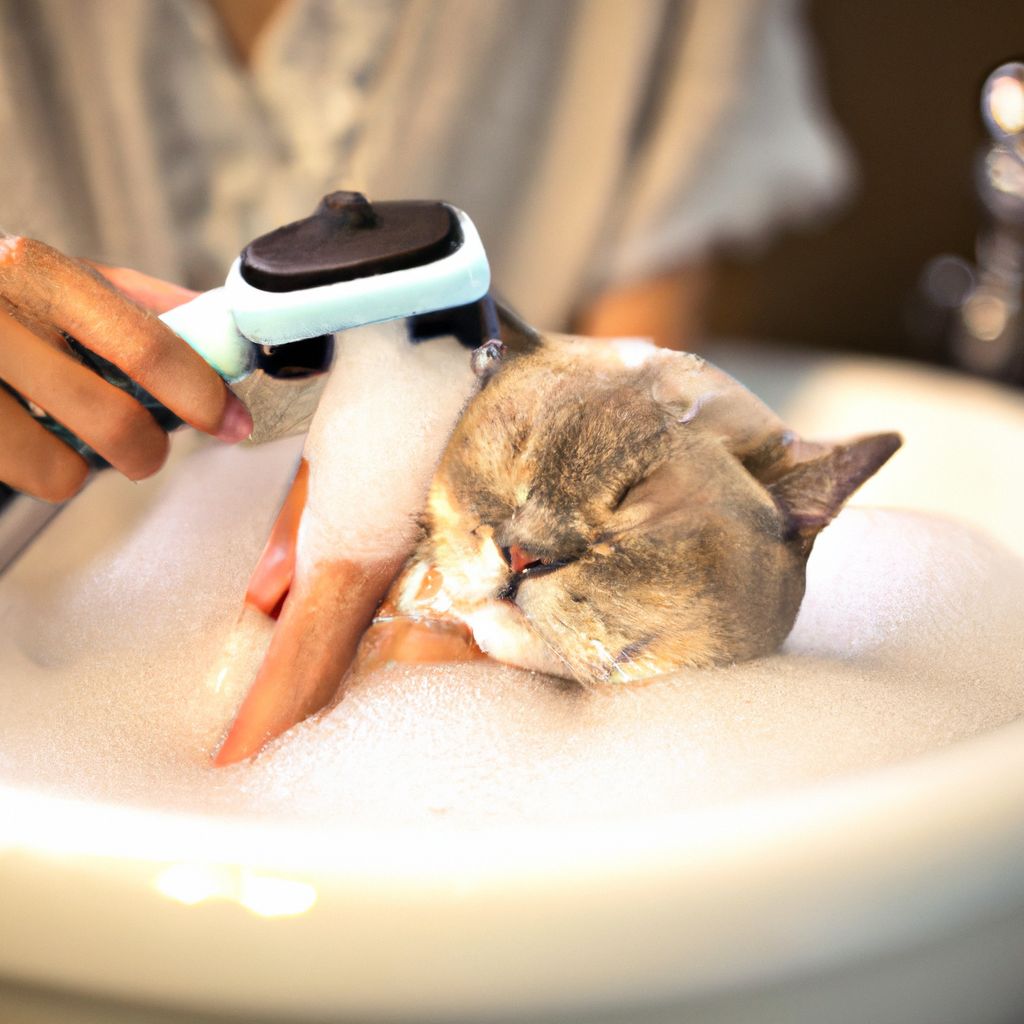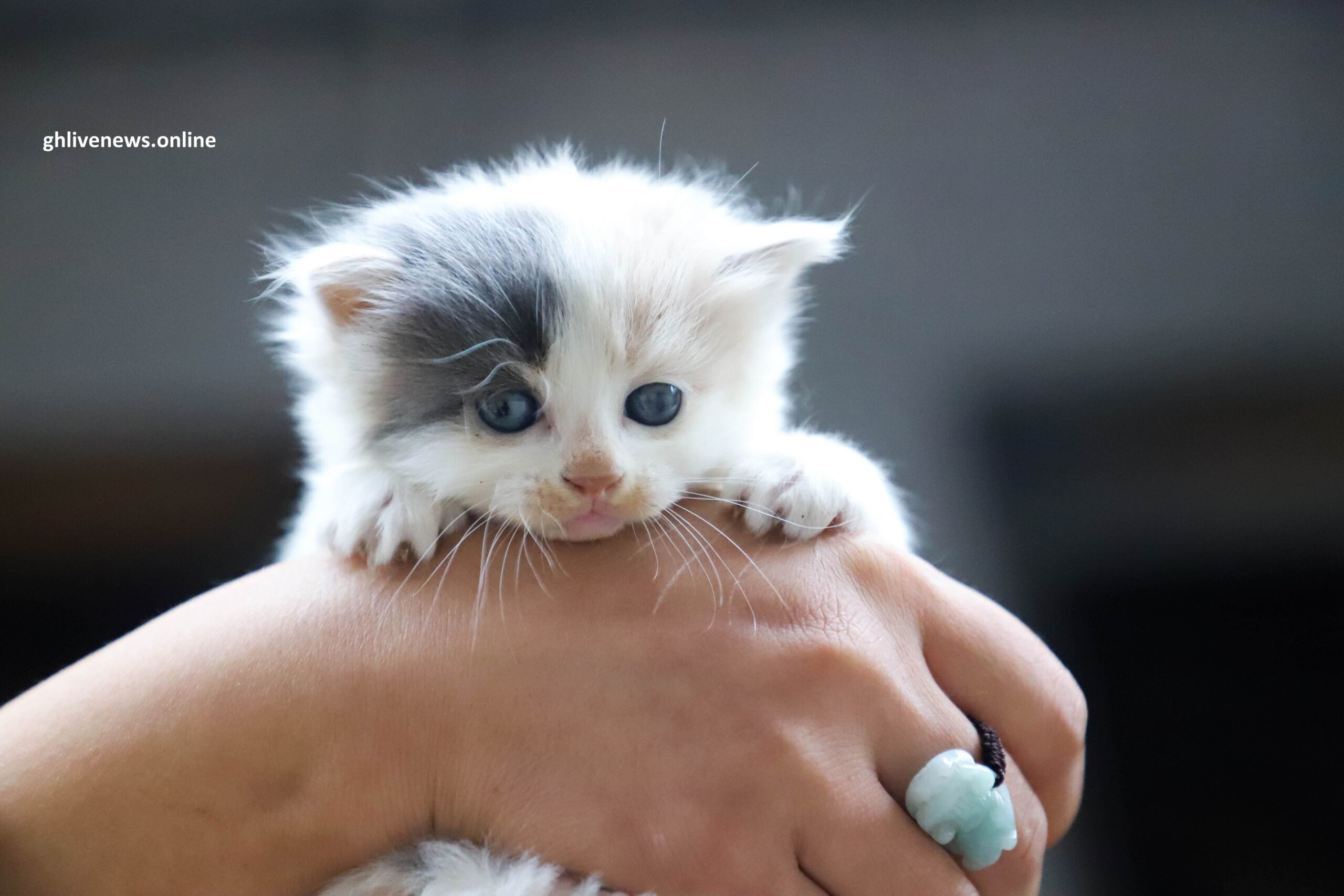.jpg)
Cats, mysterious and independent. They can suffer unseen battles with anxiety and stress. These conditions can have a big effect on their wellbeing and behaviour. To give cats the help they need, understanding the causes and effects of anxiety is key.
Cats have strong exteriors but can still be troubled by emotions. Anxiety can show in many ways, like over-grooming, aggression, or avoiding socialisation. It’s essential to find out what triggers it.
Changes in environment or routine can really affect cats. Something as small as moving furniture can cause fear and confusion.
Cats are territorial and being left alone for too long can cause separation anxiety. This loneliness can lead to destructive behaviour and physical issues like loss of appetite and too much vocalising.
To reduce cat anxiety and stress, it’s important to give them a secure and comforting place to be. Designated hiding spots, vertical spaces and interactive toys are all helpful.
Set a daily routine with playtime, meals and positive reinforcement. This will help create a sense of security and stability.
Understanding Cat Anxiety and Stress
Cats can get anxious and stressed, just like humans. Knowing the causes and signs of this condition is vital for cat owners. Stressful events like moving home or changes in routine may trigger anxiety in cats. Excessive grooming, aggression, and avoiding socialization are common signs. To ease these issues, make a peaceful space with hideaways and offer interactive toys.
Realizing that each cat may have different triggers is a big part in understanding cat anxiety and stress. For example, some cats may become anxious during thunderstorms, while others may have trouble adjusting to people or animals in the house. Identifying the triggers lets owners adjust their approach in managing their cat’s anxiety.
Bella is an amazing example of how cats can experience stress. She was adopted by a loving family from an animal shelter. At first, she seemed fine, but later her behavior changed dramatically. She did things like meowing too much, hiding, and not eating. After careful monitoring and consulting with a vet behaviorist, it was found out that Bella had separation anxiety as a result of her time at the shelter. With the help of behavior therapy and medication, Bella got calmer and happier.
Understanding cat anxiety isn’t just knowing it exists; we must take steps to support our feline friends. By making a calming atmosphere and using positive reinforcement, we can reduce their stress levels. Keep in mind that cats might not always show signs of distress, but being aware of their behavior and needs will help guarantee their well-being.
Causes of Cat Anxiety and Stress
Cat anxiety and stress can arise from many factors. These can often be overlooked by us but have a huge impact on our feline friends. Common causes include:
- Sudden changes in environment or routine.
- Lack of social interaction.
- Loud noises like thunderstorms, fireworks, or vacuums.
- Medical conditions like allergies or UTIs.
- Past traumatic experiences.
- Conflict with other animals.
But, there can be unique factors causing anxiety too. It’s important to know the individual triggers and address them.
By being attentive caregivers, we can make a difference. Provide your cat with a safe and nurturing environment. Give them social interaction and quiet spaces for relaxation. This will help your cat have a stress-free life and a happier you!
Signs and Symptoms of Cat Anxiety and Stress
Do you think your cat is anxious or stressed? Here are some common signs to look out for:
- Behavioral changes – such as aggression, social withdrawal, or excessive grooming.
- Urinary issues – like urinating outside the litter box or developing infections.
- Changes in appetite – leading to weight loss or gain.
- Vocalization – like excessive meowing or other new vocal behaviors.
- Physical symptoms – like a higher heart rate, trembling, or dilated pupils.
Each cat is different, so it may be helpful to talk to a vet to work out the best solution. Other less common signs of anxiety or stress include destructive behavior, hiding, or changes to sleep patterns.
The story of Whiskers is a great example of how cat anxiety and stress can be managed. Whiskers was a rescue cat with a traumatic past, but he eventually found a loving home. Despite the care he received, Whiskers showed signs of anxiety through excessive grooming and social withdrawal. With help from vets, Whiskers was able to manage his anxiety with therapy and medication.
With patience and understanding, cats like Whiskers can overcome their anxiety. By spotting the signs early and seeking support, we can make sure our furry friends lead healthy and happy lives.
Effects of Cat Anxiety and Stress on Cats’ Health and Behavior
Stress and anxiety in cats can harm their health and behavior. They may become more aggressive or distant, pee outside the litterbox, groom themselves too much, and lose interest in food. Chronic stress weakens their immune system, leading to sicknesses and infections. It can even cause diseases like FLUTD.
One example is Oscar, a tabby cat whose owners went away on vacation. He became very anxious and wouldn’t eat. When they returned, Oscar’s behavior hadn’t improved. He was still anxious and had digestive issues.
The vet told them how to help Oscar. He needed enriching activities like toys, scratching posts, and playtime. He eventually recovered.
This proves how important it is to spot and tackle cat anxiety and stress early. This way, our furry friends can remain healthy and happy.
Ways to Help Cats Manage Anxiety and Stress
To help cats with anxiety, there are a few methods to try. Focus on providing a calming atmosphere and helping them relax.
- Create a safe spot: Cats often seek out small, hidden spots when they’re anxious. Provide a secure bed or room.
- Play and exercise: Interactive play and regular exercise can help cats expel energy, and make them calmer.
- Try pheromones: Feliway diffusers emit calming feline facial pheromones. These can help cats with stress.
- Set a routine: Cats like routine. Feeding, playtime, and litter box cleanliness should be consistent.
- Vertical spaces: Elevated spots let cats observe their environment from a secure position. Try shelves or a cat tree.
Each cat is individual, though. Some may need massage or grooming, while others may need medication from a vet.
These strategies address the causes of anxiety in cats. They have a safe spot to go to, play and exercise to reduce tension, familiar scents to make them feel relaxed, a predictable routine to reduce worry, and spaces to survey their surroundings safely.
Preventing Cat Anxiety and Stress
To help cats avoid stress and anxiety, it’s important to understand the triggers and provide a secure environment. Here’s how:
- Establish a routine. Cats love predictability, so plan daily schedules for eating, playing, and resting.
- Provide enrichment. Include toys, scratching posts, and puzzles to keep your cat mentally active.
- Set up safe zones. Design specific areas for your cat to go when feeling overwhelmed.
- Use pheromone diffusers. These can help calm cats in stressful situations.
- Regular vet check-ups. Keep up with appointments to detect any health problems that may lead to anxiety.
Additionally, it’s wise to avoid sudden changes and supply plenty of hiding spots. Create a peaceful haven for your feline friend. A calm and secure environment is key to their well-being.
By using these strategies, you can reduce their stress levels and make them live happier and healthier. Don’t let your cat suffer from anxiety; take action now! These preventive steps will help them stay contented and form a stronger bond with you.
Conclusion
Research on cat anxiety has revealed causes, symptoms, and solutions. Cats may look independent, but they are very sensitive and can get stressed. Triggers include changes in environment, separation from owner, loud noises, and conflicts with other animals. This can lead to aggressive behavior, grooming too much, or using the litter box wrong.
Creating a calm environment is important. Give cats hiding spots, toys, and vertical spaces. Have a routine and reward them with positive reinforcement.
Sarah had a cat named Whiskers. Whiskers acted strange – too much meowing and scratching. With help from a vet, Sarah figured out what was causing the anxiety and found ways to manage it.
Frequently Asked Questions
FAQ 1:
Q: How can I tell if my cat is experiencing anxiety or stress?
A: Some common signs of cat anxiety or stress include excessive grooming, hiding, aggression, decreased appetite, or changes in litter box habits.
FAQ 2:
Q: What are the potential causes of cat anxiety and stress?
A: Cats can experience anxiety and stress due to changes in their environment, lack of socialization, separation from their owners, medical conditions, or traumatic experiences.
FAQ 3:
Q: How can I help my anxious cat?
A: Providing a safe and enriched environment, maintaining a consistent routine, offering hiding places, using pheromone sprays or diffusers, and considering behavior modification techniques can help alleviate cat anxiety.
FAQ 4:
Q: Are there any natural remedies for cat anxiety?
A: Some natural remedies, such as pheromone products, herbal supplements, or calming music, may help reduce cat anxiety. However, it’s essential to consult with a veterinarian before trying any remedies.
FAQ 5:
Q: Can cat anxiety be treated with medication?
A: In severe cases, medication prescribed by a veterinarian may be necessary to manage cat anxiety. Medications such as anti-anxiety drugs or antidepressants can be used under professional guidance.
FAQ 6:
Q: Can cat anxiety and stress be prevented?
A: While it’s not always possible to prevent cat anxiety, early socialization, positive experiences, gradual introductions to new environments or stimuli, and regular veterinary care can lower the likelihood of anxiety or stress in cats.
Originally posted 2023-07-28 18:03:30.
